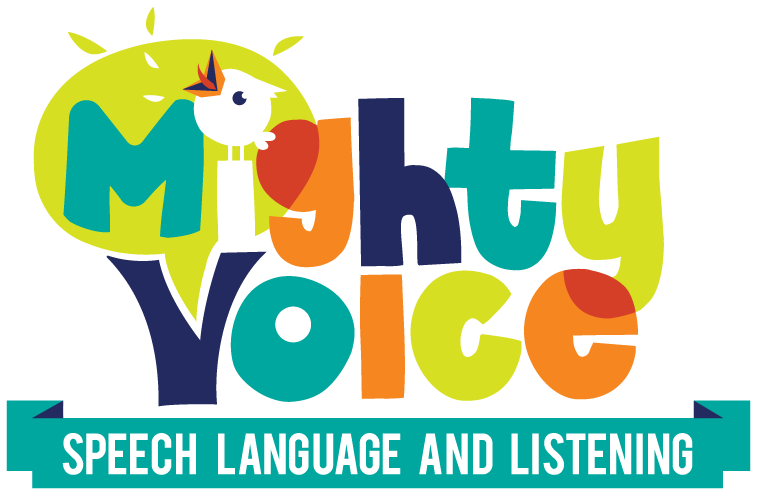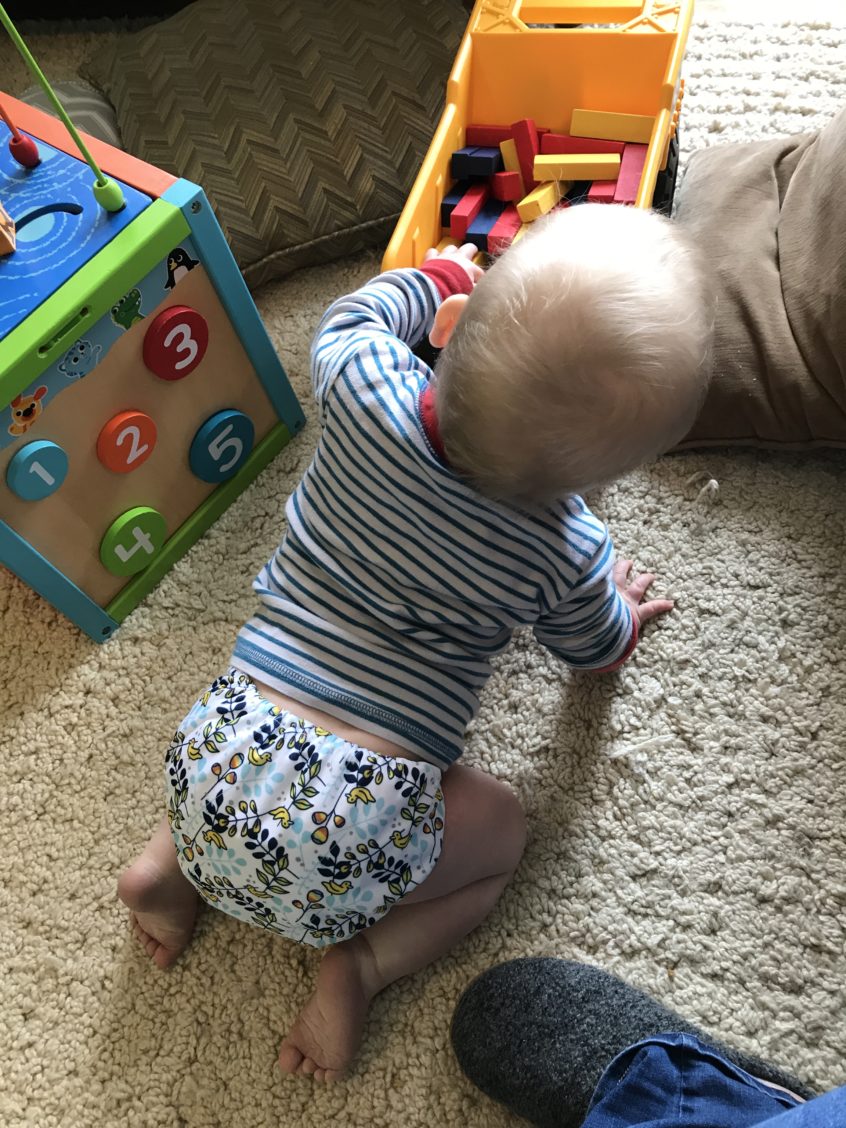I’ve mentioned it before in this post, but our baby (who is very quickly approaching 1 and not-a-baby-anymore status) is in physical therapy. He was born with torticollis which is basically tight muscles, and like to use one side (the right) of his body more than the other (the left).
Being a therapist and also a mom who is in therapy with her kiddo has been such a good experience. It reminds me of things I can do better in my own speech therapy practice. Today, I want to share with you some of my best tips, gleaned from our own therapy experience.
- Ask when you don’t understand a term or what the therapist is describing. Because it’s old hat to me, I know I’ve said things like “You know, we’re working on that auditory memory” or “it’s just a syntactic thing” to parents without thinking. But, having to learn new physical therapy terms (olecranon, anyone?) has reminded me that even though we try to make things easy to understand, sometimes therapists are so used to using technical terms that we just throw them out there like you should know them too. But you shouldn’t, so if there’s something you don’t understand, please ask! We really don’t mean to be confusing, but may not realize we’re using our therapy jargon.
- Try whatever your therapist is asking you to do with your child before the therapist leaves. Doing new things can be hard, and as a very NOT visual spatial person, thinking about something like a right sided twist and activating the left side of my baby’s body requires all of my brain power. Sometimes even though I *think* I understand what I’m supposed to do with my baby, I really do need to try it myself with him and get our PT’s feedback to know I’m doing it right. If I find it particularly tricky, I’ll sometimes take pictures of her doing a stretch or exercise, and then reference back to them (with her permission of course).
- Ask for homework, and be realistic about what you can actually do. I used to just rattle off a list of 5 or 6 things for families to work on at the end of a speech therapy session, without really thinking about what that would look like in their daily life. But, unless you’re a highly unusual family, ain’t nobody got time for that. Two or three things is probably more doable, and something I know I’m more likely to stick with. Practicing at home really is the *key* to therapy, since the therapist might only be there an hour a week, and parents or caregivers spend a whole lot more time with our kids. Today when our physical therapy session was oven, I asked our PT for the top 2-3 things I should work on, so that I understood priorities and where to put our limited time and energy.
- Share what you’ve learned. Share what you’re learning in therapy with anyone who spends time your child–parents, grandparents, daycare provider, etc. You can show or tell them what you’re doing, or even send a video clip of a therapy session if that might help more. In my speech therapy sessions, I’ve even had care providers come and watch part of a session so they can see what we’re doing and ask questions.
- Celebrate the victories. When our PT came in today, she commented on how our baby was doing one of the things we’d been working on, and it felt great to know we were moving in the right direction. In speech therapy, I’ll sometimes notice things a kid is saying or doing something that doesn’t immediately stand out to parents who are listening to their child talk every day. When you’ve been in therapy a while, or are taking what seem like baby steps toward your child’s goals, it’s so encouraging to hear you’re on the right track. You’ve worked hard on those goals, so celebrate it!

